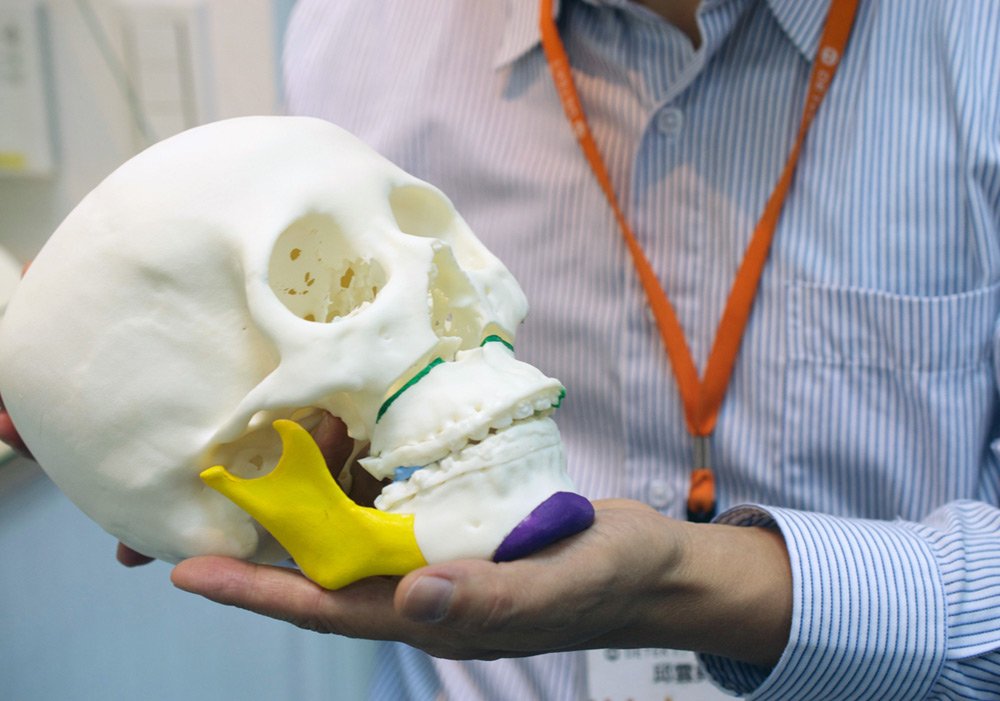The role of 3D printers in medical engineering
Tadbir Gostar News and Events
The role of 3D printers in medical engineering
A huge amount of 3D printing in the Healthcare industry is used for visualization. Doctors can use the data from a CT scan to print a model of what they will be operating on to scale. They use these models to prepare for complex surgeries eliminating any surprises they may have run into otherwise. Recently Richard Kim, MD, a cardiac surgeon at Children’s Hospital Los Angeles, recently used a 3D printed heart as a model to plan a life-saving procedure for his young patient. The child was born with a rare, life-threatening cardiac defect.

Three-dimensional (3D) printings are expanding and are expected to revolutionize healthcare and biomedical industry. We are now in the age of bioprinting, where the machines we have built are building bits and pieces of us.
3D printing is a manufacturing method in which objects are made by fusing or depositing materials such as plastic, metal, ceramics, powders, liquids in layers to produce a 3D object.
3D Printing is taking awesomeness to the next level! – 3Ding
Here is a video by Mashable that explains the basics of 3D printing technology.
A new study predicts that the 3d printing market for healthcare will reach $4043m in 2018.
The application of 3D printing in medicine can provide many benefits, including: the customization and personalization of medical products, drugs, and equipment; cost-effectiveness, increased productivity.
Medical uses for 3D printing can be organized into several broad categories, including:
– Tissue and organ fabrication
– Creation of customized prosthetics
– Implants, anatomical models and visualization
– Pharmaceutical research regarding drug dosage forms, delivery, and discovery


